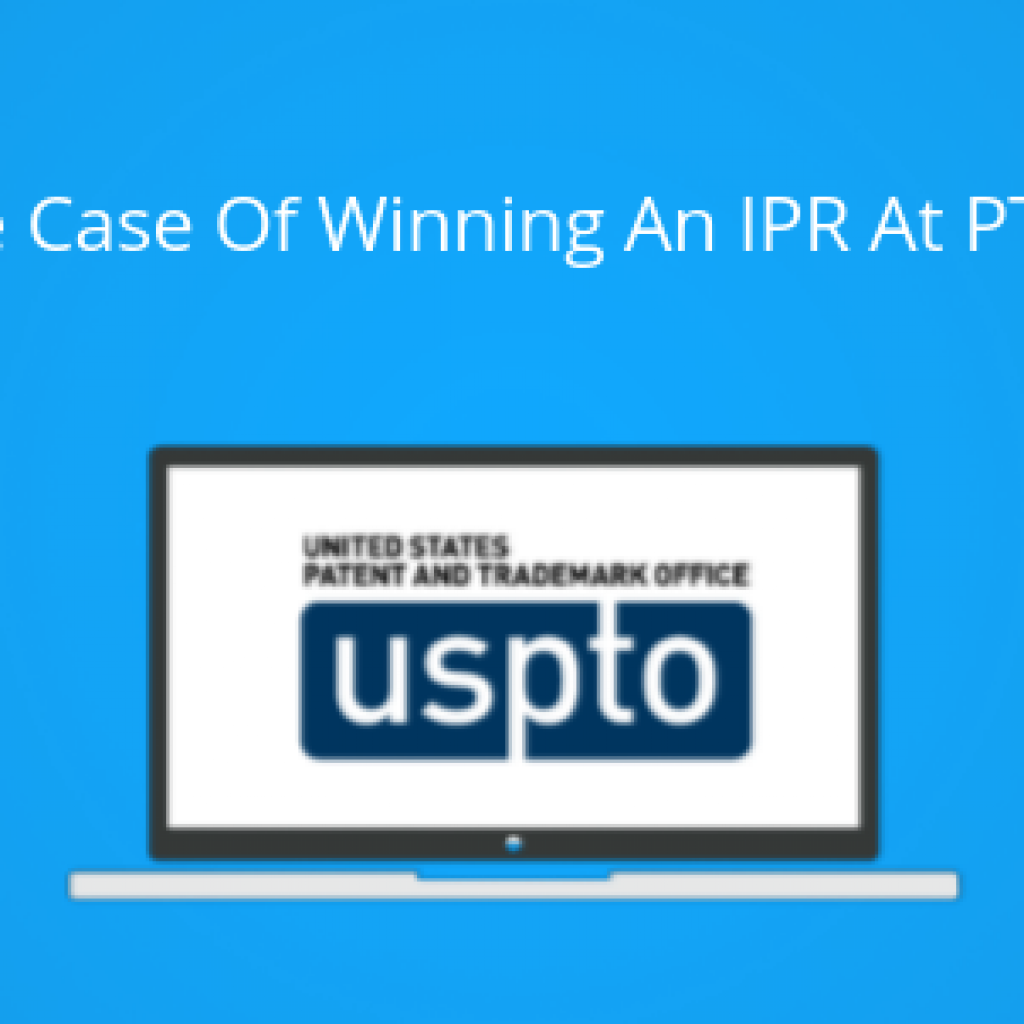Standard essential patents (SEPs) facilitate technical coordination through standard-setting organizations. However, there are instances where the status of a declared SEP being truly essential to the standard remains unclear.
That is why when we published the 5G Report to determine True 5G SEPs in 2020, media outlets and community forums bombarded us with a recurring question: How did GreyB analyze thousands of families individually through manual means? This inquiry dominated the discussions, and it is understandable why.
So, we decided to unveil the secret and shed light on our manual strategies that enabled us to validate true SEPs swiftly. In this article, we present what goes at the backend when GreyB assists clients in efficiently identifying legitimate SEPs and enhancing their decision-making process to stay ahead of the game.
Prioritizing Patents for Manual Analysis
In our typical approach to handling a large patent set, we employ a prioritization strategy before manually analyzing each patent individually. GreyB’s in-house SEP database allows us to identify the most relevant patents within the portfolio swiftly. The database is equipped with technology tags such as Mobility Management, RRC, and more, enabling managers to assign analysts specializing in these technologies.
Based on the insights provided by this database, we assign a numerical priority to each patent, facilitating their subsequent manual analysis.
File Wrapper Analysis: a Non-Negotiable Step in Verifying Legitimate SEPs
Determining whether a patent is essential to standards involves identifying direct disparities between the patent claims and the standardized requirements. Many patents we encounter have over 90 percent of their claim elements aligning with the standards, making them particularly challenging to assess. There is a subtle margin of doubt in such cases. To surpass that doubt, we require a file wrapper analysis for every patent in the portfolio.
Well, many analysts skip this crucial step. But, when it comes to identifying the true SEPs, file wrapper provides valuable insights for diving deeper into the patent’s history.
Let me illustrate this with an example.
We recently analyzed Patent USXXX89, specifically related to Uplink Scheduling, under a time constraint from the client. To streamline our approach, we carefully examined the patent’s file wrapper, focusing on the Notice of Approval (NOA). The NOA provides valuable insights into the novel aspects of the patent, saving significant effort in analyzing the entire claim. We use this document to identify the key differentiating factor quickly.
While not all patents offer such clarity in the NOA, we ensure going through this step. In the case of Patent USXXX89, we delved into the arguments presented by the applicants and paid attention to any references to agenda meetings within standard-setting organizations like 3GPP.

An examiner-applicant argument referring to Meeting documents. [Image distorted for confidential reasons]
During our analysis, we encountered a rejection that cited a meeting agenda document from another company, which we’ll refer to as Company Y. We promptly located this document and found a detailed explanation of the scheduling process we were investigating. To validate its significance, we examined the update history of the standards and confirmed that the specific agenda had been incorporated into them.

Screenshot from Meeting Documents
Finally, we narrowed down our analysis to validate the solid differentiation of the claimed invention from the process described in Company Y’s document. This enabled us to conclude that Company Y’s proposal had been included in the standards, ultimately leading us to determine that the subject patent was non-SEP.
But Confirming True SEPs Has No Set Rules!
As we work on confirming true SEPs, we encounter a common challenge when dealing with algorithmic patents, especially those related to audio/video codecs. These patents are often too specific to be easily identified solely within the IMS specifications declared by 3GPP.
The intricacies lie in the fact that these algorithms are typically discussed within source code files, such as “amr_wb_dec_fx.c” and “cng_dec_fx.c,” mentioned in IMS Specifications like the 26 Series. To address this challenge, our approach closely examines the code comments and the code itself to assess their relevance to the patent’s claim elements.
However, since these source code files can contain thousands of lines of code, analyzing them in their entirety can be daunting. In such a scenario, we employ a combination of manual strategies.
In one of the cases, the only way to determine whether the patent was a SEP was to go through the source code given in Technical Specification 26.442.

Highlighted Comment from one of the Source code files.
We read each line of the source code to understand what the code was talking about and how it overlapped with the patent’s claims. This involved manually examining each line of code to understand its purpose and how it intersected with the patent’s claims.
However, given the substantial scale of the task at hand, with 230 code files and over 10,000 lines of code to review, we decided to focus on studying the patent’s file wrapper, which provides valuable insights into its historical information.
We found that the examiner had raised a rejection citing a draft from the 3GPP. Interestingly, in a 3GPP meeting, another company, which was not the patent’s assignee, had suggested a specific line of code related to detecting bit errors in data by the decoder.

A Draft document.
On studying the draft document, we got the exact file name that housed the program responsible for detecting bit errors by the decoder. We then specifically focused on that file rather than all of them. This helped us confirm it as a SEP in just an hour!
Finding true Standard Essential Patents (SEPs) isn’t always a simple task, as we’ve shown with real challenges we faced while finding SEPs. It requires a careful, personal look at your set of patents to get the best results.
Our extensive experience in SEP analysis and our steadfast dedication to manual practices position us as the go-to partner for those looking to confirm true SEPs in their portfolio.
Delve deeper and handpick the legitimate SEPs in your portfolio. Talk to us today!
Authored By: Piyush Sharma, Simarjot Singh, and Sagar Choudhary, Infringement SEP Team











